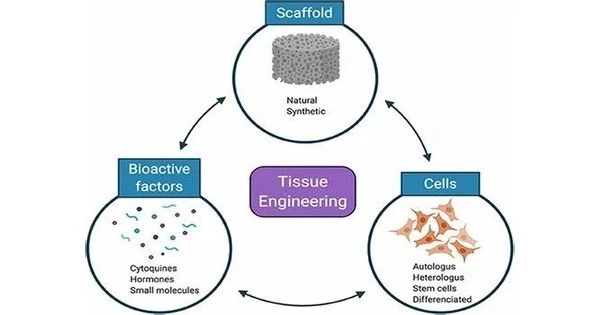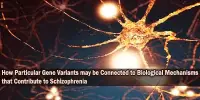Neural tissue engineering is a multidisciplinary field that combines neuroscience, materials science, and engineering principles to create strategies for repairing or replacing damaged neural tissues in the nervous system. It is a sub-discipline of tissue engineering. The primary goal of neural tissue engineering is to find ways to eliminate inflammation and fibrosis caused by the implantation of foreign substances.
This field of study seeks to develop functional neural constructs capable of restoring lost or impaired neural function, particularly in the context of neurological disorders, injuries, or degenerative conditions. Foreign substances, such as grafts and scaffolds, are frequently implanted to promote nerve regeneration and repair damage caused by an injury to nerves in both the central nervous system (CNS) and the peripheral nervous system (PNS).
Introduction
The nervous system is divided into two parts: the central nervous system (CNS) and the peripheral nervous system (PNS). The CNS is made up of the brain and the spinal cord, whereas the PNS is made up of nerves that originate in the brain and spinal cord and innervate the rest of the body.
The difficulty of nerve cells and neural tissues regenerating on their own after neural damage drives the need for neural tissue engineering. The PNS has some, but limited, neural cell regeneration. Adult stem cell neurogenesis has been discovered in the CNS in the hippocampus, subventricular zone (SVZ), and spinal cord.
Key components of neural tissue engineering include:
- Biomaterials: The development of appropriate biomaterials is critical for the creation of scaffolds capable of mimicking the natural extracellular matrix of neural tissues. These biomaterials should provide mechanical support, promote cell adhesion, and aid in neural cell growth and differentiation.
- Cellular Components: It frequently involves the use of neural cells, such as neurons and glial cells, derived from a variety of sources, including embryonic stem cells, induced pluripotent stem cells (iPSCs), and even directly from the patient’s own cells. To promote tissue growth, these cells can be seeded onto biomaterial scaffolds.
- Biocompatibility: It is critical for successful integration to ensure that the engineered tissues are compatible with the host environment. When implanted into the body, the materials and cells used must not cause an immune response or adverse reactions.
- Electrical Integration: Neural tissues are electrically active, and successful tissue engineering approaches must consider the electrical connectivity of the engineered constructs. This is particularly important for applications such as brain-machine interfaces and neural prosthetics.
- Biomechanics: Understanding and replicating the mechanical properties of native neural tissues is essential for designing scaffolds that can withstand physiological forces and promote tissue regeneration.
Applications and Challenges
The development of implants for neural repair, the creation of in vitro models for drug testing, and the exploration of novel therapeutic approaches for neurological disorders are all applications of neural tissue engineering.
The complexity of the nervous system, ethical concerns, and the need for long-term studies to assess the safety and efficacy of engineered neural tissues in vivo are all challenges in this field. Researchers continue to make significant advances in the field, and the prospect of breakthroughs in treating neurological conditions remains optimistic.
















